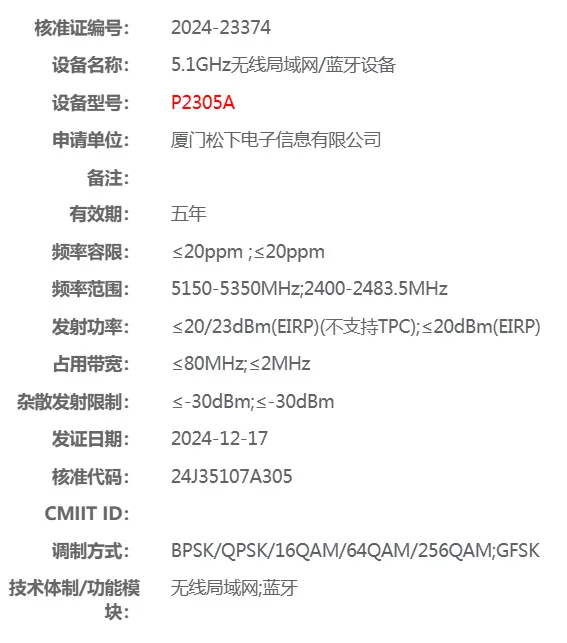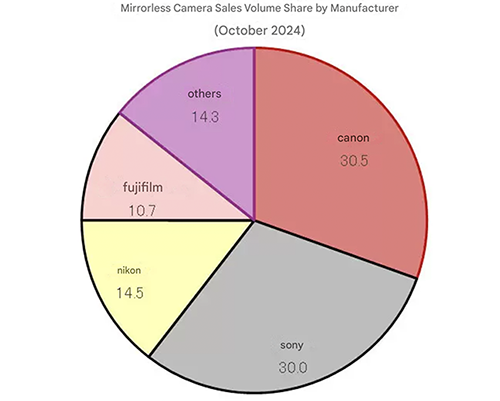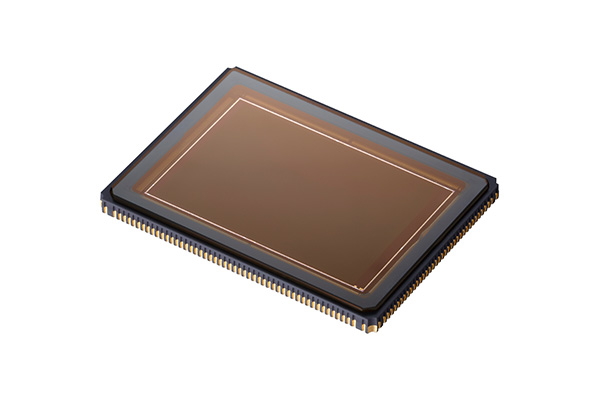Samsung and Fujifilm announce the new ISOCELL Plus sensor
Well this is exciting! Samsung and Fujifilm are now a step closer to break the Sony dominance in the sensor world. They just announced the new ISOCELL Plus sensor. On the downside there is no hint about when exactly we can see that sensor to be used on future Fuji cameras.
Here is the official press text:
ISOCELL Plus: Leading the next generation of image sensors
on Jul 01, 2019
You might not think about it when you’re snapping that selfie by the beach, but it’s taken years of research and engineering for you to be able to share those high-resolution photos on your social media feeds. From tackling the challenges of improved resolution to low-light performance, Samsung has been a leader in smartphone camera technology, consistently earning high praise from industry gurus and consumers alike for its image sensors.
Nowhere is that truer than with Samsung’s latest ISOCELL Plus sensor technology that is powering the best-in-class cameras found on the company’s flagship devices. Here’s how Samsung overcame the engineering challenges of smartphone cameras and developed the ISOCELL Plus technology that is pushing the boundaries of image sensors to deliver crystal clear, color accurate photos even in challenging light conditions.
Understanding Pixel Technology
Typical CMOS sensors, the most common type of image sensor found in smartphones, are made of four layers: a layer of micro lenses to direct light towards the photodiodes, a color filter to detect and separate color information, a metal layer of wiring connecting the individual photodiodes, and a photodiode layer to collect light and convert it into electrical charges.
To take those high-quality images, each pixel within CMOS sensors needs to be able to hold as much light as possible, so that they can transmit accurate color information to the image signal processor. The better the image sensor, the more light its pixels are able to capture, meaning larger pixels allow for better photographs. For smartphones, however, this has presented major engineering challenges.
As the industry has trended towards slimmer devices, their interiors have less room for components. As a result, pixels have gotten smaller, making light absorption more difficult. Additionally, the typical structure of front-side illuminated (FSI) sensor means there is a wire layer in front of the photosensitive layer, blocking between 20% to 70% of light from the photodiode.1
Backside illuminated (BSI) sensors, which shave down the silicone so thin that the photodiode can be illuminated from its backside, were the first solution to this problem. But there is still the lingering challenge of crosstalk, which happens when some of the light that should hit a specific photodiode leaks to neighboring photodiodes, causing noise in the final image.
While each of these problems had been addressed with a variety of solutions from different technology companies, in 2013 Samsung took them head on with the introduction of its first ISOCELL sensor, setting a new bar for excellence.
The ISOCELL Revolution
With backside illumination already addressing many of the light absorption issues, Samsung’s ISOCELL technology addressed the problems created by crosstalk. Engineers designed a physical barrier between neighboring pixels, isolating them and allowing more light to be gathered by the micro-lens and absorbed by the photodiode.
Compared to conventional backside illumination pixels, the first generation ISOCELL pixels decreased crosstalk by approximately 30% and increased the full well capacity (FWC) by approximately 30%, resulting in higher color fidelity and tack-sharp images with greater dynamic range.2ISOCELL technology also allows for a wider chief ray angle (CRA) by capturing more oblique light, which ultimately allows for brighter lenses with wider aperture, resulting in brighter and clear pictures in low light conditions. Due to their design, ISOCELL image sensors could also reduce the height of the camera module even in high-resolution, making them ideal for the sleek form factor of modern smartphones.
Five years after the launch of ISOCELL, Samsung has taken image sensing technology even further with ISOCELL Plus.
ISOCELL Plus: The Next Evolution
In conventional ISOCELL technology, while the metal grids that isolated the color filter reduced interference between pixels, they also lead to some optical loss as they absorbed incoming light or reflected light to neighboring pixels. ISOCELL Plus replaces that metal barrier with an innovative new material developed by Fujifilm that minimizes optical loss and light reflection.
The innovative upgrades of ISOCELL Plus deliver higher color fidelity and up to a 15% enhancement in light sensitivity.3 The technology also enables image sensors to equip pixels of 0.8-micrometer (µm) or smaller without any performance loss, making it an optimal solution for developing high-resolution cameras. Not only will ISOCELL Plus enable the development of ultra-high-resolution sensors with small pixels, it will also bring performance enhancements for sensors with larger pixel designs.
Since the launch of ISOCELL Plus in July 2018, Samsung has steadily expanded its image sensor lineup built on the technology.
Want to know more about ISOCELL image sensors? Visit our LinkedIn and Twitter pages to stay up to date with news on the latest and greatest image sensor technology.
1 Samsung’s internal research.
2 Tested internally on the ISOCELL image sensor and the Samsung’s conventional BSI sensor.
3 Tested internally on the ISOCELL Plus image sensor and the conventional ISOCELL image sensor.
Source: Samsung via Fujirumors


